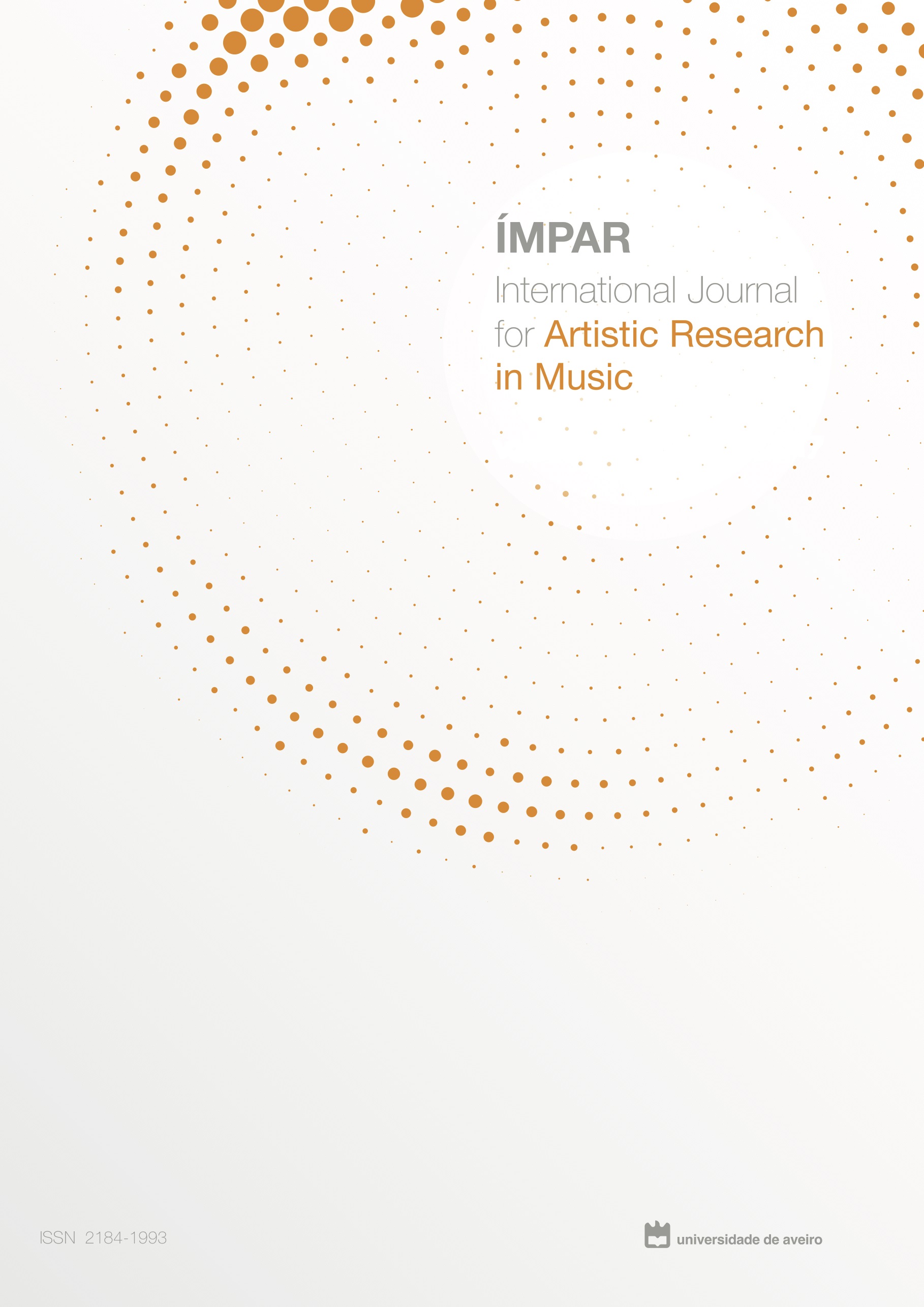The polarity "cooperative vs collaborative" as a conceptual tool to observe young children's creative interactions in group music making
Abstract
This article presents some findings of a doctoral study on children's collaborative creativity in music. The study intended to develop a theoretical framework for understanding the ways in which early primary children interact when they engage in group creative music making. The focus of the research questions was on creative interactions and, more specifically, on the different kinds of interactions emerging in the group, the component aspects of group work influencing children's collaboration, the meanings that children ascribe to their experience, and the educational value of creative interactions. This exploratory, interpretive enquiry was framed by sociocultural perspectives on learning and creativity. A qualitative research methodology was adopted, which combined elements derived from case study research, ethnographic approaches, and practitioner research. The data collection was carried out in a music school in Italy, where a group of 5-7-year-old children were involved over eight months in a range of creative music and movement activities. I was the teacher researcher and worked with a co-teacher. Data collection methods included participant observation, videorecording of sessions, documentation, and strategies for eliciting children's meanings. Thematic analysis, both theory-driven and data-driven, was conducted in order to identify relevant issues. This paper concentrates on a slice of the findings, relevant to the categorisation and analysis of children's creative interactions. In agreement with similar distinctions in the research literature, the study identified the polarity "cooperative vs collaborative" as a useful conceptual tool to interpret how children organise the process and the product of their collective work. Some exemplary episodes of creative interactions in children's group work in music are presented and discussed. "Cooperative" and "collaborative" can be seen as the extremes of a continuum of possibilities ranging from "working separately and then assembling the parts into a whole" to "jointly generating and developing ideas all along the process". This conceptual distinction helps to identify the varying degrees of interactivity in the group's creative work, the different kinds of division of labour and the decision-making strategies that the group may adopt in tackling the creative task. Based on the findings, implications for the pedagogical practice are drawn.





